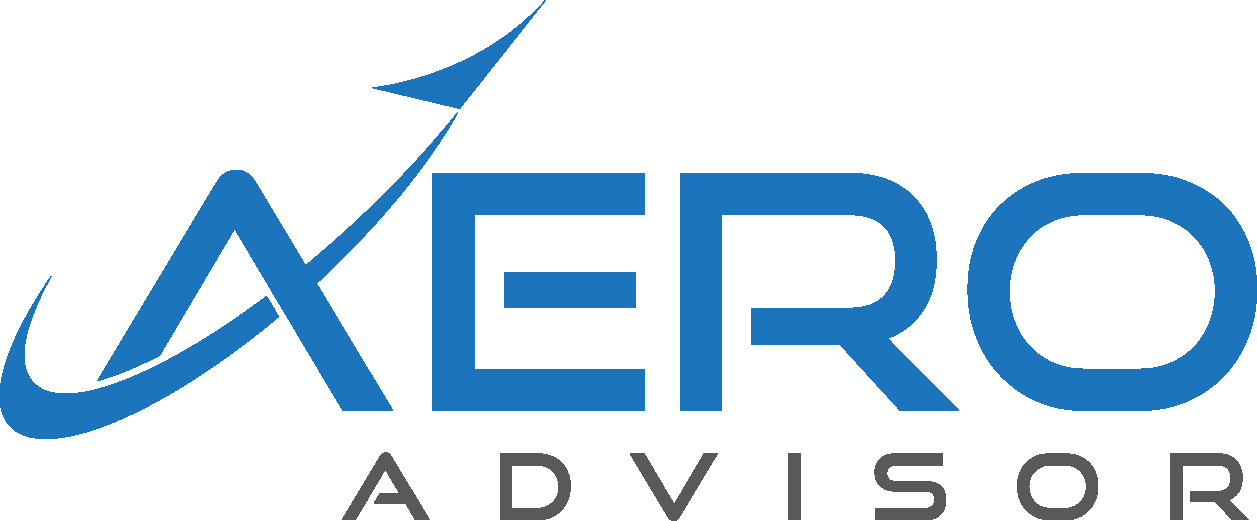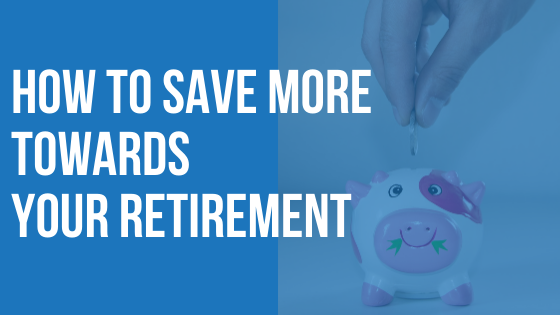According to a recent study by Northwestern Mutual, 78% of Americans are “extremely” or “somewhat” concerned with having enough money to retire. So if you are a part of that 78%, how do you save more towards your Lockheed Retirement?
Let’s take a look at a few options that might help you add more to your Lockheed retirement account.
Get the full company match
Make sure you are contributing at least 8% of your salary to your 401k plan. Lockheed will match 4% of your salary if you contribute the 8%, along with another 6% depending on what plan you are covered under. For more info on the match, click HERE.
The additional match can make a huge difference in your retirement account when you retire. For example, let’s say you made $100,000 at Lockheed for your entire career (doubtful, but let’s stick to that for the ease of math). If you were to only contribute 4% of your salary and add in a 2% company match, that 6% or $6,000 bucks would grow to around $474,000 (at a 6% return*) after 30 years of work.
Increasing your contribution to 8% would get you the full 4% match so you’d be adding in $12,000 a year. 30 years later, you’d have around $948,000 (at same 6% return*).
Getting a raise? Bump up that contribution
You can contribute up to $18,500 of your own money towards your retirement, and another $6,000 if you’re over 50 years old. You can set your contribution to a percentage of your salary as opposed to a fixed dollar amount so you’ll always automatically increase your contribution with each raise in income.
Want to contribute more than the limit? You can also contribute additional funds to your 401k, but you have to do so on an after-tax basis. Most employees (there are other restrictions depending on your income) can contribute a total of 25% of their salary to the plan. That includes pre-tax, company match and after-tax contributions.

Next time you get that promotion and are rolling around in your money, don’t forget to sock away some of that for retirement.
Fund your HRA Account
You can contribute to a Health Reimbursement Account (HRA) and pay for health expenses with pre-tax dollars. This might free up some extra room in the budget to put more towards retirement.
For example, if you spent $100 on a doctor visit, using your HRA account would be the same as paying about $143 in after-tax dollars from your paycheck (depending on your tax bracket).
The funds you don’t use can actually grow and as long as you use those funds on qualified medical expenses, you won’t pay taxes on those earnings as well.
Cut any unnecessary expenses in your budget
Have any memberships or monthly expenses that you have meaning to cancel? Get rid of those and use the extra cash flow to fund your retirement goals. Not sure? Get out a legal pad or excel doc and run down your monthly expenses. Use a tracking system like YNAB or Mint.com to track your expenses and see how they line up with your budget.
Invest Outside your 401k
If you have extra income and are already maxing out your 401k, then you might want to look into a few after-tax options for your retirement savings.
If you are maxing out your retirement at work, then you might be making too much to contribute to a Roth account outside of work. You could make non-deductible contributions to an IRA or add more to an non-retirement account.
For more on investing outside your company plan, click HERE.
Check your withholding
Getting a large refund at tax time? If so, check with your CPA and see if you should adjust your withholding. If you are getting a big check for overpaying your tax bill during the year, then adjusting the amount of money Lockheed sends to the IRS out of each one of your checks could give you extra money each month to contribute to your retirement.
So if you’re part of the 78% we mentioned at the beginning of the article, put some of these tips into practice. Need help? Fill out the form below and I’d be glad to take a personal look at your retirement picture to see if you need to make any adjustments to your plan.
The opinions voiced in this material are for general information only. They are not intended to provide specific advice or recommendations for any individual, nor intended as tax advice. We suggest that you discuss your specific situation with a qualified tax or legal advisor.
*The hypothetical rates of return used do not reflect the deduction of fees and charges inherent to investing.






